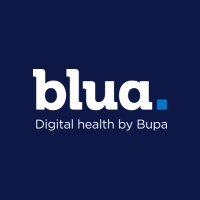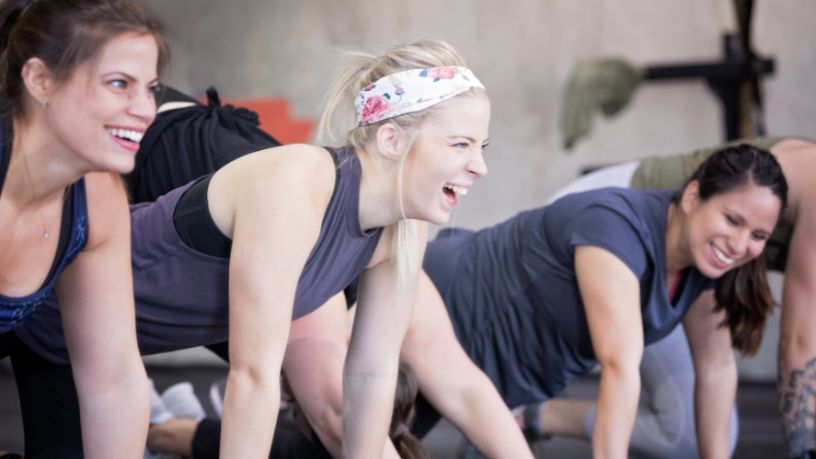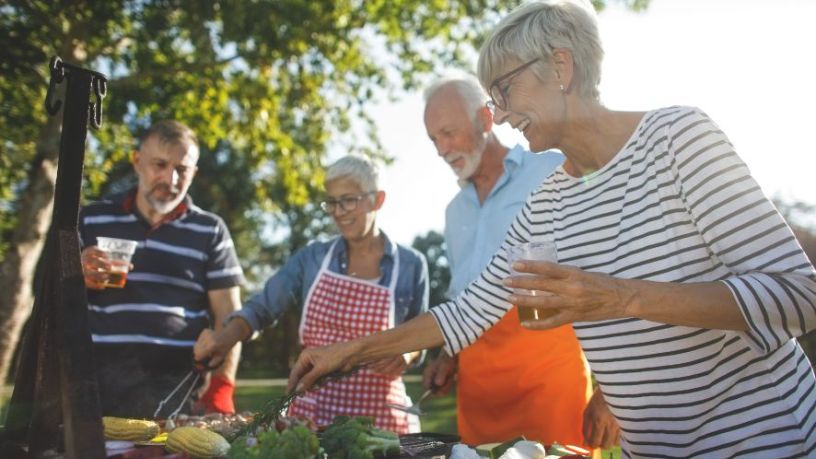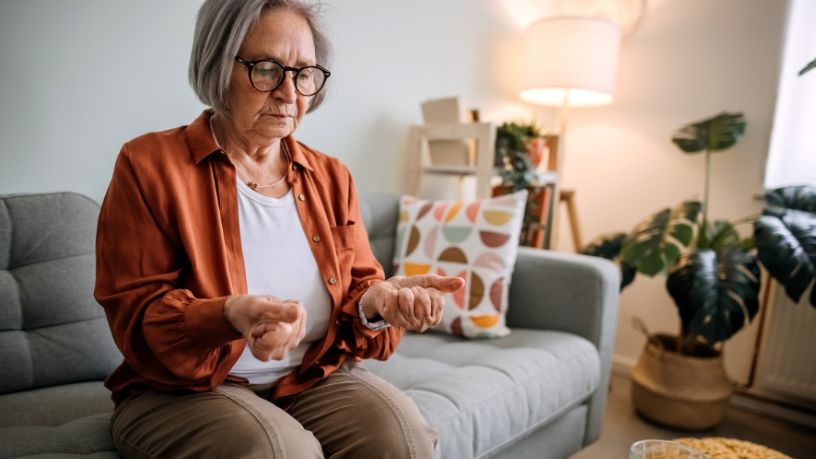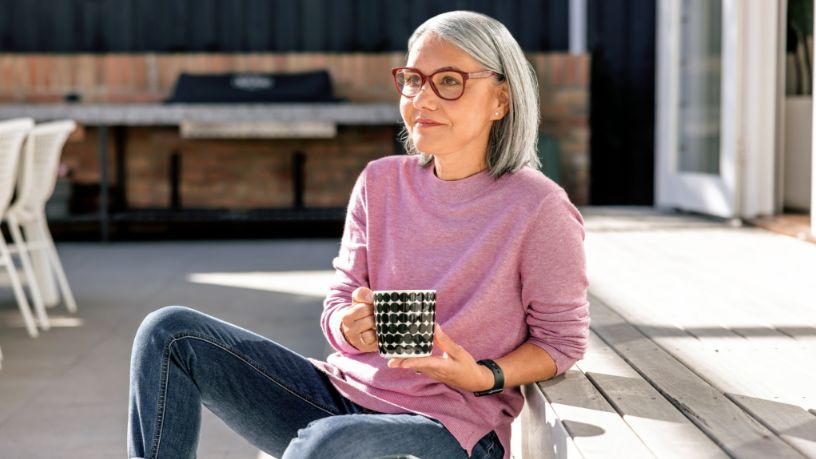Osteoporosis is a musculoskeletal condition where bones become weak and prone to breaks and fractures
On this page
Key takeaways
It’s caused by a loss of bone density and a lack of minerals such as calcium, and many people do not know they have osteoporosis until they experience a bone break
Learn the ways to reduce your risk of osteoporosis.
What is osteoporosis?
Throughout life our bones, which are made up of living tissues, are constantly breaking down and being replaced.
While our bones naturally get weaker as we age, osteoporosis1 occurs when bones are breaking down faster than they are being replaced.
This results in weaker, less dense bones that are more susceptible to breaks and fractures.
“Bone is a living tissue,” says Bupa Dietitian Heather Ko. Meaning, it’s constantly breaking down and growing back. “Osteoporosis occurs when there’s an imbalance and the rate of bone breakdown exceeds bone formation.”
“In healthy people, a bone can break after sustaining a severe fall,” says Ko.
In people with osteoporosis, a bone can easily break after doing something as mild as coughing, bending or lifting.
Ko adds that osteoporosis can also affect the spine, leading to poor posture and even shortened height.
As well as the natural ageing process, your risk for osteoporosis is increased if you take certain medications, have a family history of fractures and, in women, have reached menopause.
Are you at risk of developing osteoporosis?
Some factors can put you at a higher risk of developing osteoporosis, even when you don’t have symptoms.
Age
Sex
Family history
Menopause and osteoporosis
Although men can get osteoporosis, women are more at risk.
“Women tend to have smaller and less dense bones than males,” says Ko.
Risks for women also increase over the age of 50.
During menopause a woman produces less of the hormone oestrogen, which plays an important role in maintaining bone density. As oestrogen levels dramatically drop, a woman can lose up to 10% of her bone density in the 5 years after menopause.2 This puts her at a greater risk of developing osteoporosis.
How is osteoporosis diagnosed?
Osteoporosis can be diagnosed3 with a bone density (DEXA) scan, a painless test that measures the strength of your bones.
The test indicates if your bones are in the range of normal, low bone density (osteopenia) or osteoporosis.
If your risk is low and your bone health is normal, your doctor may suggest reducing your risk of bone breaks through some lifestyle changes.
If you have osteopenia or osteoporosis, then your doctor will recommend action to protect your bones. Adequate calcium, vitamin D and exercise are important, and if you have osteoporosis, you’ll likely be prescribed medication as well.
Member Health Programs
Discover health cover that's right for you with a range of personalised programs and services designed to support your health and wellbeing.
How to lower your risk of developing osteoporosis
Some causes of osteoporosis, such as ageing, can’t be modified. However, there are ways to reduce some other risk factors.
Exercise regularly
One of the most effective things we can do to reduce the risk of bone fractures is exercise.
Physical activity, such as tennis, dancing, netball and even walking upstairs puts good pressure on the bones and helps maintain strength and stability.6
Strength training builds muscle and puts mechanical stress on bones, making them stronger. Working on balance and flexibility can help prevent falls and maintain overall good posture and wellbeing.7
Talk to your doctor before starting any new exercise regime to ensure it is safe and appropriate for you.
Boost your calcium intake
Calcium is a mineral that’s vital for healthy bones.10
“If you’re lacking calcium from your diet, your body take calcium from your bones instead,” says Ko, who recommends getting calcium from healthy dairy sources such as milk or yoghurt. If you don’t eat dairy you can also absorb calcium from:
- calcium-fortified plant milks
- dark leafy green veggies like broccoli, bok choy or silver beet
- canned fish with bones, such as sardines or salmon
- almonds, sesame seeds, dried figs or apricots
- legumes like chickpeas.
Get enough Vitamin D
Vitamin D is an important part of bone health because it helps your body absorb calcium.8
To boost your vitamin D intake, Ko suggests:
- exposing your face, arms and legs to the mid-morning sun for a few minutes each day, with sunscreen on, of course, or for up to 20 minutes in winter.
- increasing your consumption of vitamin D-rich foods, like oily fish, eggs, vitamin D-fortified milk and UV light-exposed mushrooms (simply leave your mushrooms gill-side up out in the sun for 10-15 minutes for a vitamin D boost).9
- taking a vitamin D supplement if a blood test reveals that you’re deficient.
Quit smoking and reduce alcohol consumption
“Long term excessive alcohol intake5 has been associated with lower bone mineral density and a higher risk of fractures,” says Ko.
Smoking has also been linked to lower bone density and poor bone health with studies showing it increases a person’s risk of developing osteoporosis.
Talk to your GP if need support in quitting smoking or reducing your alcohol use.
Living with osteoporosis
If you have been diagnosed with osteoporosis, speak to your doctor and healthcare team about the best approach to treatment for you.
One way to ensure a good quality of life is to reduce the risk of falling, which can cause fractures and breaks.
Ways to reduce your risk of falling at home include:4
- Decluttering your home, making sure to put shoes away and clean up any mess or spills as they happen
- Wear comfortable, well-fitting shoes
- Installing night lights for trips to the bathroom or kitchen
- Fitting grab rails in the bathroom
- Ensuring floor coverings are securely fitted.
Useful resources
Healthy Bones Australia provides online resources on how to stay healthy and well when living with osteoporosis and how to reduce your risks.
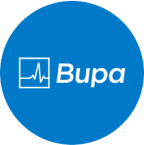
At Bupa, trust is everything
Our health and wellbeing information is regularly reviewed and maintained by a team of healthcare experts, to ensure its relevancy and accuracy. Everyone's health journey is unique and health outcomes vary from person to person.
This content is not a replacement for personalised and specific medical, healthcare, or other professional advice. If you have concerns about your health, see your doctor or other health professional.
1Health Direct. (2023). Osteoporosis. Australian Government.
2Better Health Channel. (2024). Menopause and osteoporosis. Victoria State Government.
3Mayo Clinic. (2024). Osteoporosis. MFMER.
4Better Health Channel. (2022). Preventing falls at home. Victoria State Government.
5National Institute of Ageing. (2022). Osteoporosis. United States Government.
6Healthy Bones Australia. Exercise and bone health. Healthy Bones Australia.
7Mayo Clinic. (2025). Exercising with osteoporosis. MFMER.
8Healthy Bones Australia. (2022). Vitamin D & Bone Health. Healthy Bones Australia.
8SBS Food. (2020). Boost your vitamin D levels by bathing mushrooms in sunlight before eating. SBS.
9Better Health Channel. (2023). Calcium. Victoria State Government, Department of Health.
10National Institute on Ageing. (2022). Osteoporosis. National Institutes of Health.
You might also like...
How to prevent osteoporosis when you’re young
Osteoporosis weakens bones, affecting quality of life as we age. Learn how to reduce your risk in your younger years.
Top anti-inflammatory foods to help reduce joint pain
Discover some of the best anti-inflammatory foods to relieve joint pain and arthritis. Learn what to eat to support healthier joints and reduce inflammation.
Osteoarthritis
The most common arthritis in Australia, osteoarthritis develops over time and can result in painful joints. Find out how this condition might affect you.
Knee osteoarthritis: The basics
Osteoarthritis is a joint disease that commonly affects the knee, so make sure you know the symptoms, causes and treatments that are available.

